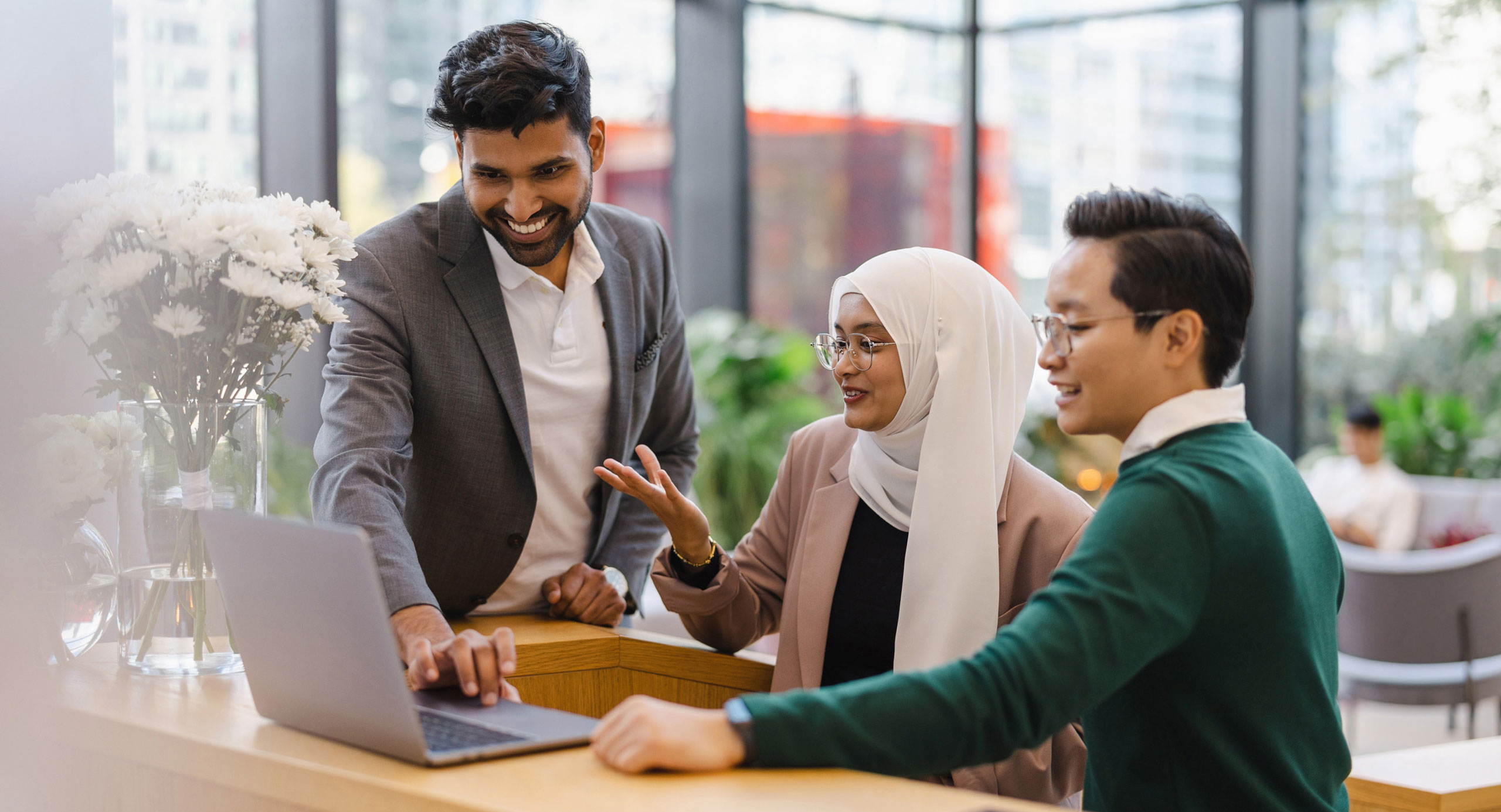In this article, we will look at what different types of office tables there are, and in the process, offer some guidance on which type you might consider for a specific application. Where possible, we have added a link to a product that models the table being discussed.
- Hag Tables – The classic image of an office worker hunched over their desk with pen in hand is perhaps best captured by the picture of someone working at a Hag Table. In many ways, these tables epitomize the concept of Furniture as Functionality and provide maximum flexibility in terms of Suitability for any task from writing to computer work, from assembling parts to using specialist equipment such as overhead projectors or magnifying glasses. Meanwhile, they can also serve simply as somewhere to store the everyday items that workers need within easy reach, such as pens, pencils, and paperclips.
- Pedestal Tables — Like a standard table, the top is supported by legs at each end but with no cross-frame or pedestal. In addition, most models will have a central column that supports the tabletop and adds additional storage space for items such as files and boxes of paper. Many models also incorporate cable management trays to keep everything tidy and reduce the risk of tripping over trailing cables — a particular issue in an office where computers, printing equipment, or other pieces of technology may be scattered across different desks throughout the day.
- Drop-Leaf tables are similar to those found in any home, consisting of two fixed panels with one hinged to support another panel that can be folded down when needed to create a larger table. A simple design offers great flexibility, but the lack of a central frame means they are not always particularly sturdy.
- Meeting Tables — These are office tables with chairs on either side intended for use in meetings or brainstorming sessions where participants would sit around the table. They will have a laminate or veneer finish with no obstructive legs in the tabletop center and come complete with an integrated cable management system to reduce clutter during presentation demonstrations. The chairs themselves can be fitted with castors to allow easy movement during group discussions. Adjustable feet ensure that it sits flat on any surface without wobbling or shaking loose when leaning upon by multiple seated individuals at once.
- Training tables — These are similar to meeting tables but usually feature a modesty panel on the side of the table facing away from the audience, allowing participants at training seminars to be seated next to each other in groups without being able to see what is written on their neighbor’s laptop screen. This is particularly useful when dealing with sensitive information that would not be appropriate for all people present to read.
In conclusion, the right office furniture can be the key to increased productivity and a more enjoyable working environment.

